Cerebral circulatory insufficiency is one of the most common diseases in clinical practice, and on the other hand, the range of this disease is also extremely wide.
Reduced blood flow to the brain is the cause of cerebral circulatory insufficiency (insufficiency = decreased function).
Our brain accounts for only 2% of the total body weight but needs to be supplied with 25% of the oxygen in the circulatory system and 20% of the blood from the heart.
Because the brain is nourished by two systems of internal carotid arteries and vertebral arteries, the most common causes of cerebral circulatory insufficiency are atherosclerosis (lipid plaques adhere to the blood vessel walls causing atherosclerosis), cervical spondylosis (causing compression of the two vertebral arteries), and chronic low blood pressure. These are the three most common causes.
In addition, there are other causes such as traumatic brain injury, tumors compressing the carotid artery, cerebral artery, arteritis, diabetes, obesity... Or congenital vascular malformations can all be the cause of cerebral circulatory insufficiency.
Common symptoms of cerebral circulatory insufficiency are headache, dizziness, memory loss, numbness in limbs...
Headache due to cerebral ischemia is the earliest and most common symptom.
In addition, iron deficiency also often causes headaches, possibly accompanied by dizziness, lightheadedness, especially in women, due to low hemoglobin levels in red blood cells, not enough oxygen to the brain.
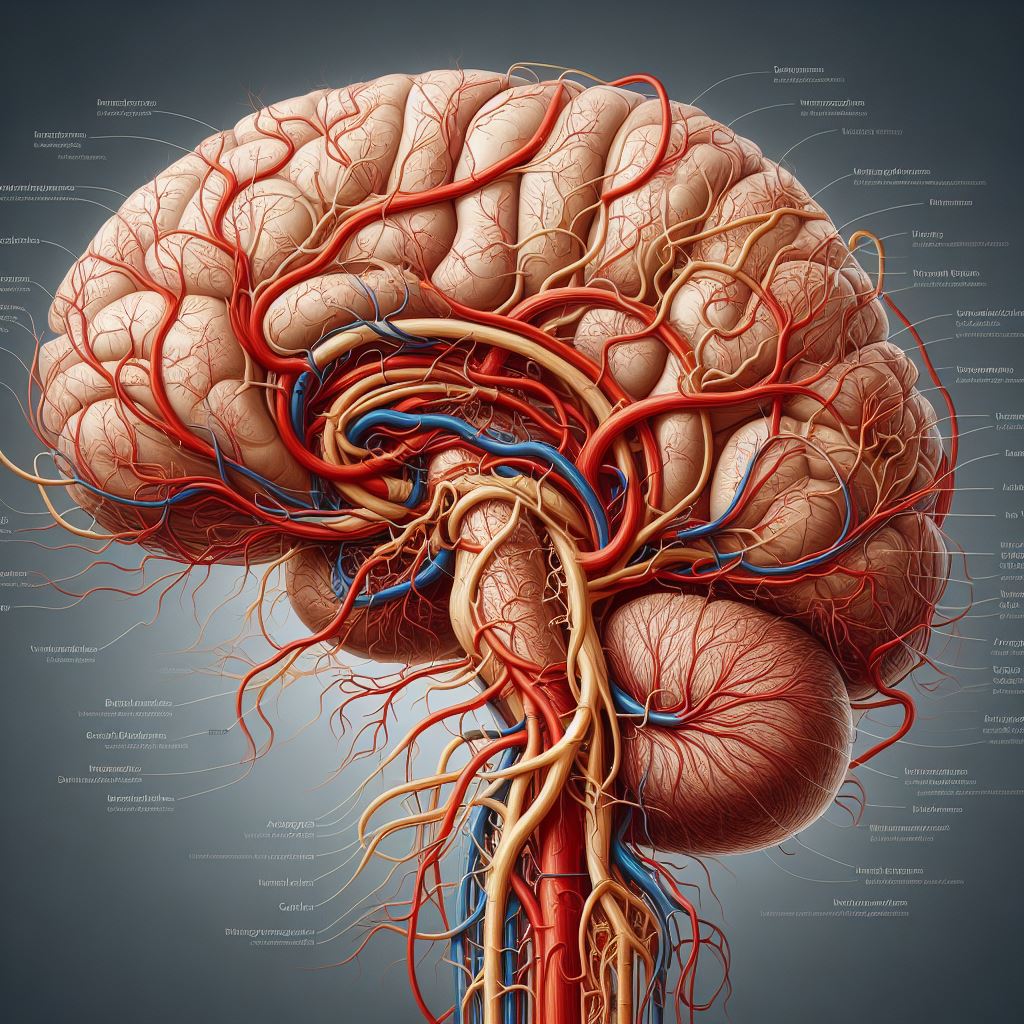
Cerebral circulatory insufficiency is reduced blood flow to the brain.
1. The role of exercise for people with cerebral circulatory insufficiency
Exercise is an effective way to improve blood circulation and reduce symptoms of cerebral circulatory insufficiency. Exercise for people with cerebral circulatory insufficiency helps the muscles to work more, the capillaries to dilate better, thereby increasing blood flow to the brain.
Exercises for people with cerebral circulatory insufficiency are exercises that help stimulate the brain to work more effectively, increase blood circulation and improve the disease.
2. Some exercises and methods to support the treatment of cerebral circulatory insufficiency
2.1. Acupressure increases cerebral circulation
Some commonly applied acupoints are: Phong Tri, An Mien, Thai Khe, Thai Xung, and Thinh Cung.
You can press the acupoints 1-2 times a day, each point should be pressed for 1-3 minutes. You should press the acupoints for 10-15 consecutive days. When you have a headache, pressing the acupoints can achieve pain relief.
The effects and how to determine the acupuncture points are as follows:
- Fengchi point: Headache, migraine and dizziness. Location: This point is located on the communication groove of the neck muscles and the skull.
How to press: Press this point and hold for one minute.
- An mien point: This is an extra-meridian point, often called a new point (a newly identified point), located at the back of the neck. When determining this point, we usually determine the phong tri point (located at the deepest hollow at the back of the neck, on the hairline) and the te phong point (located behind the jaw angle, at the lower end of the earlobe). We determine the midpoint between phong tri and te phong to get the an mien point.
The acupoint has the effect of sedating, stabilizing the mind, preventing autonomic nervous disorders, inducing sleep... Often used to treat dizziness, insomnia...
- Thai Khe acupoint: Thai Khe is an acupoint located on the ankle. When determining the location of this acupoint, we find the midpoint of the straight line connecting the top of the inner ankle with the outer edge of the Achilles tendon. The acupoint has the effect of nourishing the kidneys, clearing heat, and strengthening the Yuan Yang...
This point is often used in combination with the An Mien and Thai Xung points to treat dizziness caused by the inner ear.
- Taichong point: Located between the big toe and the second toe, about 3-4cm from the toe gap up to the instep in adults. When pressing this point, use the tip of your thumb to rub from the toe gap up, when your finger gets stuck between the two metatarsal bones, that is the point.
- Hearing Palace acupoint: Located on the cheek, in front of the earlobe. When you open your mouth, there is a hollow in front of the earlobe, which is the acupoint. This acupoint has the effect of opening the ear canal, and is often chosen by our ancestors to treat ear diseases.
The combination of Thai Khe and Thai Xung with An Mien and Thinh Cung is the method of using both the top and bottom, combining Yin and Yang acupoints, with the aim of enhancing the treatment's effectiveness.
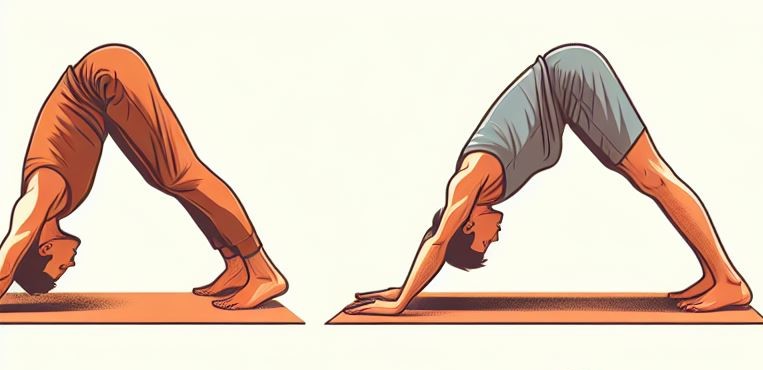
Some yoga poses with the head lower than the heart are suitable for people with cerebral circulatory insufficiency.
2.2. Some yoga poses help increase blood circulation to the brain
These yoga poses with the head lower than the heart are suitable for people with cerebral anemia, helping to increase blood circulation to the brain.
Legs-up-the-wall pose: Lie on your back, place your hands on your stomach, raise your legs up high, press them tightly against the wall so that your legs are perpendicular to the floor. Close your eyes, keep your legs straight, inhale deeply, exhale slowly and maintain this position for about 10-15 minutes. Then slowly lower your legs, sit hugging your knees for a while before standing up.
Forward bend: Stand up straight in a comfortable position, inhale deeply, and at the same time raise both arms above your head, trying to stretch your spine. Then, exhale and slowly bend forward, so that both hands touch the floor, legs are straight, knees are not bent and face is close to knees.
Hold this position for about 30 - 60 seconds, inhale and then return to the starting standing position.
Camel pose: Sit straight on your heels, hands on your thighs, then lift your body up, kneeling straight on your knees, hands by your hips. Inhale deeply, lean to the right, place your right hand on the sole of your right foot, do the same with the other side. Put strength into both hands, try to push your body up, lean forward as much as possible, at the same time tilt your head back, thighs straight and perpendicular to the floor.
Hold this position for about 30 seconds, then lower your arms, lean to one side, sit down with your knees hugged and relax.
Downward-Facing Dog: Get on your hands and knees on the floor, hands shoulder-width apart, knees hip-width apart. Inhale deeply and exhale slowly and regularly, while using the strength of your arms to try to lift your body as high as possible, while keeping your back and legs straight, without bending your legs.
Hold for 1-3 minutes, then bend your knees, sit on your heels, lean forward, arms straight, palms facing down, head touching the floor and relax your body.
2.3. Yi Jin Jing arm swinging exercise
This method requires harmony and rhythm between static and dynamic movements, spirit and energy, energy and force, thereby helping blood and energy circulate, meridians to be regulated, internal organs in the body to be fully nourished, oxygen to cells to be brought and toxic substances to be eliminated.
The arm swinging exercise cures all diseases from Dịch cân kinh, helps increase resistance, improve brain circulation, bone and joint function, nervous breakdown, asthma, high blood pressure, etc.
How to practice the Yi Jin Jing arm swing exercise.
Before starting the exercise, you should prepare yourself with stretchy, easy-to-move clothes, neat hair and a relaxed mind.
- Step 1: Stand up straight, spread your legs shoulder-width apart, toes pressed firmly on the ground.
- Step 2: Stretch both arms out, relax, fingers spread out, palms facing back.
- Step 3: Start waving your arms. First, bring your hands up to eye level, then wave them down as far as possible behind your back.
- Pay attention to the movement of shaking back as strongly as possible to increase the contraction force of the two lungs and keep bones and joints healthy and flexible.
- Ideal time for each Yi Jin Jing arm swing:
At first, when you start the exercise, you will feel very light, but when you practice up to 600 times, your body will start to ache a little, your arms and legs will be tense, sweat will pour out and you will feel hot all over your body. Besides, due to increased intestinal motility leading to stimulation of the digestive system, you may sneeze continuously and feel the urge to defecate.
The above symptoms are all good signs that mean the body is gradually adapting to the Dịch cân kinh arm swing exercise, there is nothing to worry about.
The ideal number of times to do this exercise each day is 1,800 arm swings. You can divide it into your free time during the day, regularly every day to maximize the effectiveness of disease prevention and treatment.

People with cerebral circulatory insufficiency should supplement foods that help blood circulation better such as red grapes.
2.4. Using ginseng leaves
- Take the leaves of the Polyscias fruticosa and mix them with water that is about 80 degrees boiling, then dry them to a crisp like tea to make a herbal pillow. The herbal pillow of the Polyscias fruticosa has the effect of absorbing evil spirits, helping blood circulate better to the brain. Adults with cerebral circulatory insufficiency, headaches, vestibular disorders, etc. can use this type of pillow very well.
- Small-leafed ginseng, drunk alone like tea, is also very good at supporting the treatment of cerebral circulatory insufficiency and vestibular disorders.
3. Notes when exercising in people with cerebral circulatory insufficiency
- Do not overdo your workout: On average, you can spend 15-20 minutes exercising per session, or less depending on your health condition. Overdoing it will affect your health, weaken your body and be counterproductive.
- People with cerebral circulatory insufficiency need to be examined, advised on treatment, diet, and exercise by a specialist.
- Recommended foods for people with cerebral circulatory insufficiency are: Some foods rich in magnesium such as almonds, sesame, raisins, green vegetables, etc. will provide a good amount of minerals to reduce headache symptoms. Using olive oil will help increase antioxidants and vitamin E to balance hormones in the body. Patients can also supplement foods that help blood circulation better such as: Red beans, apples, peanuts, red meats, etc.
- You should drink 2 - 3 liters of water per day.
- Apply a balanced nutritional menu, full of basic nutrients and increase green vegetables, fruits and iron-rich foods. Limit fried foods with too much fat and processed foods. Do not drink alcohol or stimulants that affect the functioning of the nervous system.
- Don't stay up past 11pm and always get 7-8 hours of sleep a day.
Dr. Vu Hong
Source: https://giadinh.suckhoedoisong.vn/bai-tap-cho-nguoi-thieu-nang-tuan-hoan-nao-172240510092223623.htm


![[Photo] Many dykes in Bac Ninh were eroded after the circulation of storm No. 11](https://vphoto.vietnam.vn/thumb/1200x675/vietnam/resource/IMAGE/2025/10/15/1760537802647_1-7384-jpg.webp)
![[Photo] The 18th Hanoi Party Congress held a preparatory session.](https://vphoto.vietnam.vn/thumb/1200x675/vietnam/resource/IMAGE/2025/10/15/1760521600666_ndo_br_img-0801-jpg.webp)
![[Photo] Conference of the Government Party Committee Standing Committee and the National Assembly Party Committee Standing Committee on the 10th Session, 15th National Assembly](https://vphoto.vietnam.vn/thumb/1200x675/vietnam/resource/IMAGE/2025/10/15/1760543205375_dsc-7128-jpg.webp)

![[Photo] General Secretary To Lam attends the 18th Hanoi Party Congress, term 2025-2030](https://vphoto.vietnam.vn/thumb/1200x675/vietnam/resource/IMAGE/2025/10/16/1760581023342_cover-0367-jpg.webp)





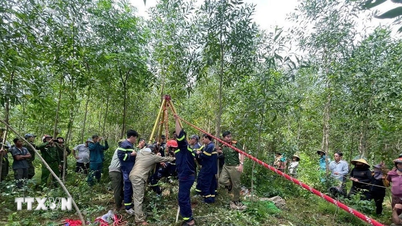



























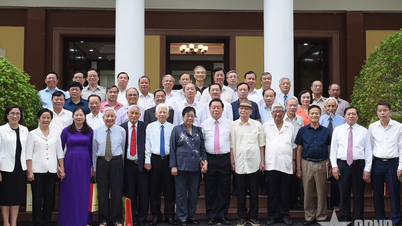



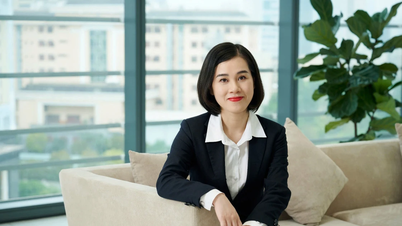
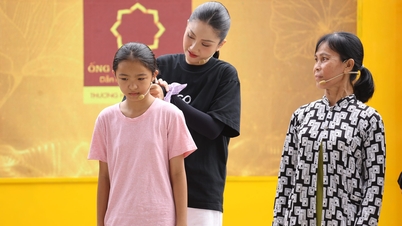




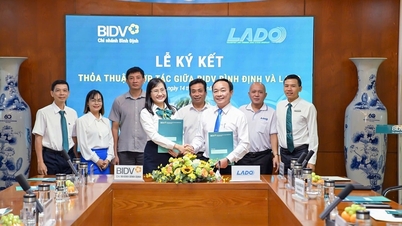


















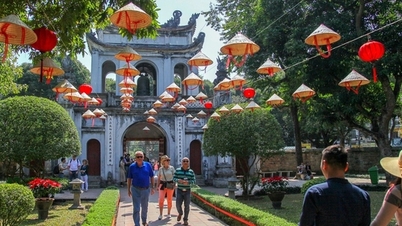










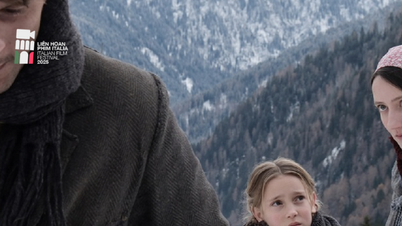

















Comment (0)